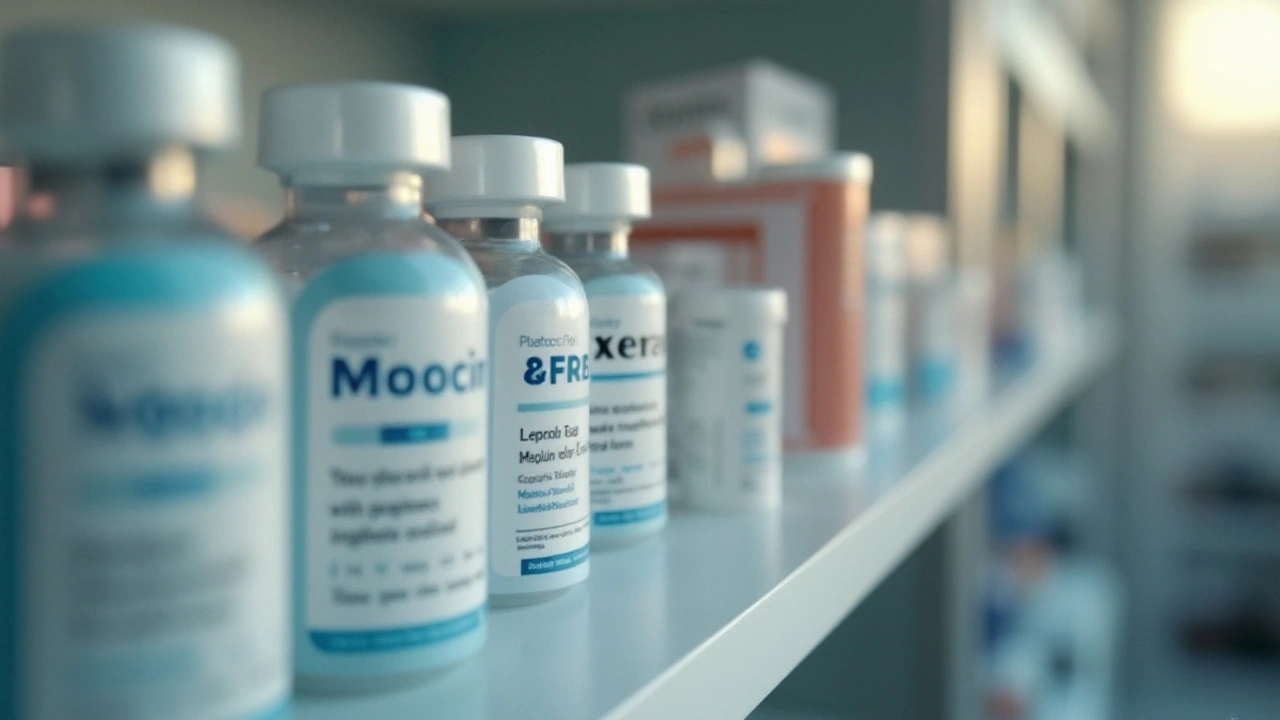Bacterial infections are more common than you might think. They happen when harmful bacteria enter your body and multiply, causing illness. These infections can range from mild to serious, so knowing the signs and what to do is super important.
Common symptoms to watch out for include fever, redness or swelling, pain, and sometimes pus or discharge if it’s a skin infection. Other infections might cause cough, sore throat, or stomach issues depending on where the bacteria settle. If you feel something’s off and it sticks around or worsens, it's wise to get checked by a healthcare professional.
Bacteria love to move from person to person through close contact, contaminated surfaces, or through food and water. Simple habits like washing your hands regularly, cooking food properly, and cleaning wounds promptly can drastically lower the chance of catching an infection. Also, avoiding close contact with sick people helps protect you.
Antibiotics are usually the go-to for bacterial infections, but it’s important to take them exactly as prescribed. Stopping early or misusing antibiotics can lead bacteria to become resistant, which makes future infections harder to treat. Never self-diagnose—getting the right diagnosis ensures you take the appropriate medication.
For minor infections, sometimes rest, fluids, and over-the-counter pain relief can help until your body fights off the bacteria. But if your symptoms are severe, such as high fever, difficulty breathing, severe pain, or the infection is spreading fast, seek medical help immediately. Early treatment can prevent complications and speed up recovery.
Understanding bacterial infections helps you spot issues early, protect yourself and others, and follow treatments properly. Keep these practical tips in mind to stay ahead of bacterial health risks and keep yourself feeling your best.
